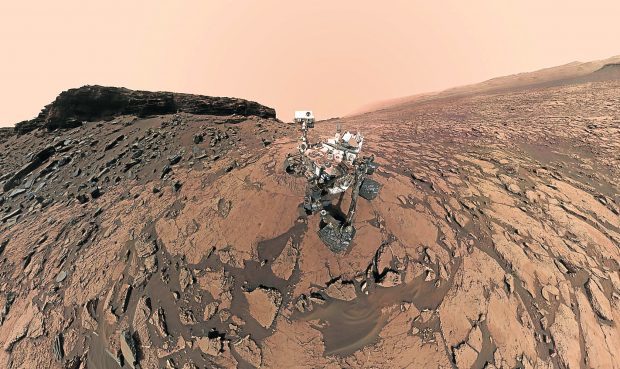With the winter months coming in, hibernation is something that has crossed most people’s minds.
But while the idea of humans being put into a state of suspended animation may seem like something out of a sci-fi thriller, plans to do so say otherwise.
The European Space Agency has said that placing astronauts in a sleeping state could help them to reach other planets with greater ease.
Researchers at the agency have been examining how hibernation would affect the design of a crewed mission to Mars and concluded that it could help to significantly shrink the size of spacecraft.
Human life on Mars has been a topical discussion for years, with many films depicting what it would be like.
In the 2015 sci-fi The Martian, Matt Damon’s character was stranded on the planet after his team mistakenly thought he was dead.
He may have managed to survive, but Mars is still far from suitable for human life.
The atmosphere of the planet is around 100 times thinner than Earth – meaning that the planet can’t retain heat and the temperature sits as low as -60 degrees.
A liquid lake was discovered on the planet last year but due to the freezing temperatures, most of the water exists as ice.
Mars is also mostly made up of carbon dioxide and with no breathable oxygen, survival would be impossible.
Because of this, NASA believes the key to survival will be technology, research and testing.
Although slowing down humans’ metabolic rate in a similar fashion to the way animals hibernate is not yet possible, research team head at the European Space Agency, Jennifer Ngo-Anh, said the idea “is actually not so crazy”.
She noted that similar methods are already used to save trauma victims.
The challenges would include designing the spacecraft to operate largely autonomously while the crew, padded with extra body fat in advance of their trip, sleep through much of the 180-day cruise to Mars.
And the questions surrounding survival on Mars could be answered sooner than we think as NASA has plans to send their very own WALL-E to investigate.
Mars 2020 will set off on a mission to find out more about the red planet on July 17 next year and will land on February 18, 2021.










